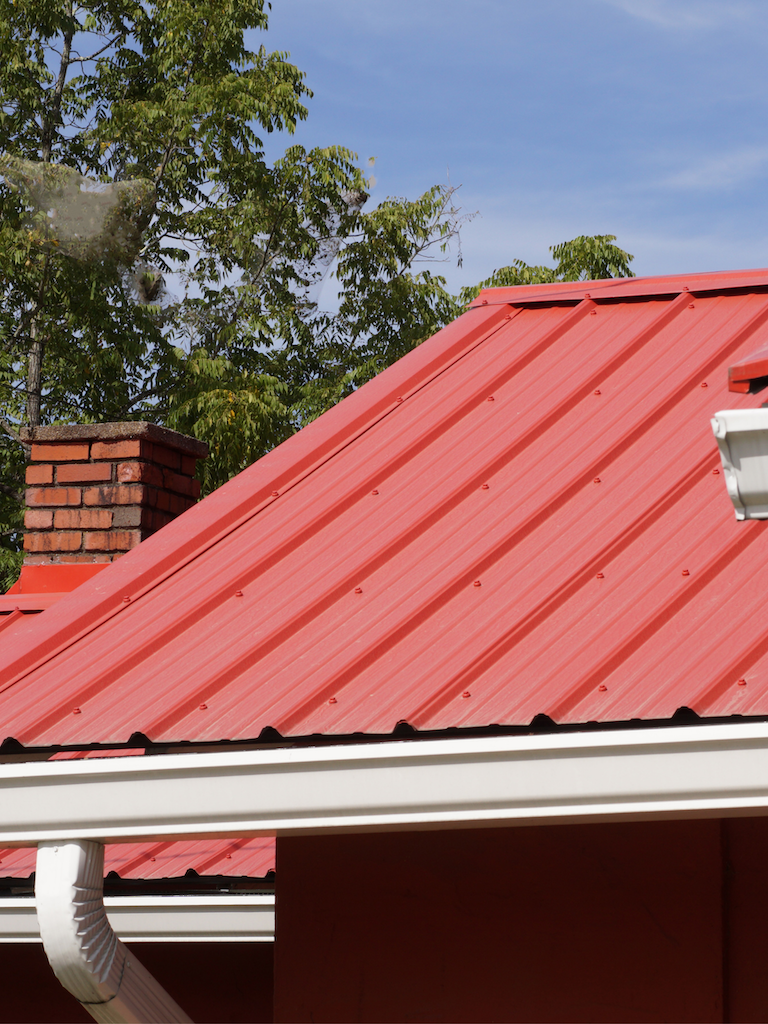Despite the passing of wildfire season, climate change has made it so wildfires are more prevalent throughout the year. But how can you defend your home against wildfires? Here are some tips from the National Fire Protection Association (NFPA) and the U.S Forest Service.
Vegetation Management
Research shows that the main way homes catch fire during wildfire season is due to embers and other flaming airborne vegetation carried through the wind for more than a mile. Wherever these burning fragments land they ignite homes, debris, dry vegetation, and other objects.
Outside of the home, the perimeter up to 200 feet around your home is called the Home Ignition Zone (HIZ), the area where homes are likely to ignite due to their surroundings. The HIZ can be broken up into three zones:
-
- Immediate zone: 0 to 5 feet around the home from the foundation
- Intermediate zone: 5 to 30 feet
- Extended zone: 30 to 100 feet and beyond
In each of these zones limit the amount of flammable vegetation by trimming branches that overhang the home and deck, and prune branches of large trees in the immediate and intermediate zones. Remove plants that produce resins, oils, and waxes and use gravel or stone garden paving instead of mulching. Make sure all plants are alive and well watered and remove any dead vegetation around your property to minimize the risk of fire.
Fire Restrictive Construction
What’s your roof made of? Against fire, some shingles don’t do too well. Re-roof with composite shingles, metal, concrete, or clay tiles for best protection against fire. Replacing your roof can be expensive, but it’s better than losing your entire home. Another important part of roof construction safety is having your home inspected by The Property Inspection Pros to guarantee your attic and vents are screened to prevent ember entry. We’ll inspect your homes’ siding and windows to prevent embers from collecting in any nooks and crannies. For fire-resistant siding, choose brick, fiber-cement, plaster, or stucco and use dual-pane windows. Unsure if your home has what it takes? We’ll inspect that too.
We also use revolutionary practices to inspect decks, porches, and crawl spaces. With our crawl bot, we can guarantee the under-side of your home or deck is free from flammable debris. Down low or up high, we use technology to inspect your roof for any damages that could aid a fires’ progression or any debris filling your gutters like pine needles and dry leaves that could prove hazardous. Remember: If it’s connected to the house it’s part of the house and can pose a risk.

Have a Plan
A fire emergency plan should be in everyone’s mind. Ensure your neighborhood and home have easy emergency vehicle access and remember home numbers and street names in case 9-1-1 has to be called. Develop, discuss, practice, and make sure everyone in the household – children included – knows the action plan during an emergency. Include details involving pets, large animals, and livestock.
When evacuating, give your home ample space of at least 10 to 20 feet or more depending on the fire’s progression, know two ways out of the neighborhood, and have a set meeting place in case you get split up. When in the home, keep fire un-expired fire extinguishers close at hand in key parts with important documents such as ID, insurance policies, deeds, important pictures, and more in a fireproof lockbox that’s easy to grab in an emergency. Always evacuate if you don’t feel unsafe and call emergency responders immediately.


Recent Comments